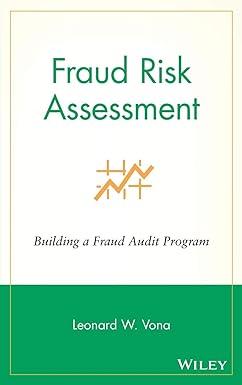1.A taxpayer may legally avoid paying federal income tax by:
| | receiving income in kind, not in cash. |
| | working for a non-profit organization. |
| | collecting income only from non-labor sources (stock dividends, bank interest, etc.) |
2.Mr. Smith faces a federal marginal tax rate of 28 percent. His adjusted gross income in 1992 was $37,500. Which of the following statements is most likely to be correct, based on the information you have here?
| | Mr. Smith paid $10,500 federal income tax for 1991 |
| | Mr. Smith paid tax of an amount that cannot be computed from the data provided, but it must have been less than $10,500. |
| | Mr. Smith paid an effective tax rate of 28 percent. |
3.Under the current federal individual income tax law, which of the following would be an exclusion?
| | Wages paid by a non-profit organization, like the Red Cross. |
| | Interest paid on a bond issued by a state government before 1986. |
| | The value of an old car you received in exchange for painting a house. |
| | All the above are exclusions. |
4.The individual income tax became a permanent feature (at least so far) of the federal tax structure in:
| | 1789, with the new Constitution. |
| | 1861, with the Civil War. |
| | 1940, just before U.S. participation in WWII. |
5.The federal government may levy an individual income tax without the need to apportion among states because:
| | the U.S. Supreme Court has ruled that the individual income tax is not a direct tax. |
| | individual income taxes are subject only to the requirement that they be uniform across states. |
| | the sixteenth amendment allows such taxes without apportionment. |






